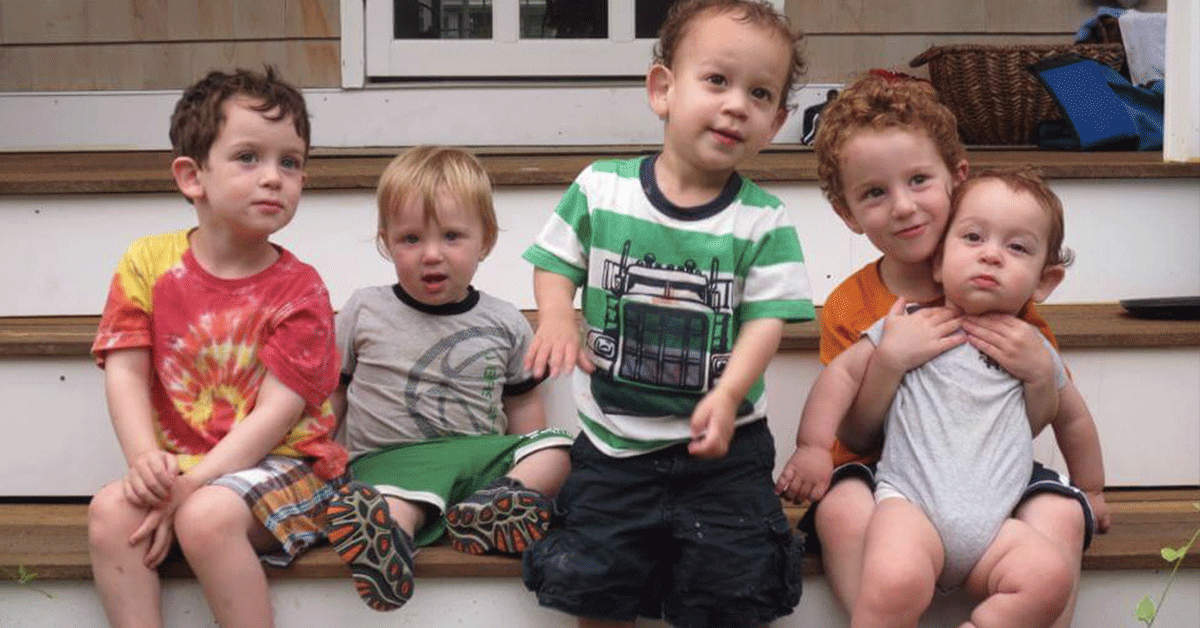Resources | Directory


Find a webinar related to your needs, take a Fragile X MasterClass™️ course, browse our treatment recommendations (many in Spanish), plus locate a U.S. or international Fragile X clinic.
Watch

Webinars and Videos
Our popular videos and webinars, presented by Fragile X experts and advocates, include presentations from our webinar series and our biennial International Fragile X Conferences.

NFXF Fragile X MasterClass™
Our series of online trainings for family members and caregivers, and for professionals working with individuals with Fragile X. Topics include education, genetics, legal issues, autism, and females.
Read

Treatment Recommendations
In-depth consensus documents developed by Fragile X professionals and experts. Topics include FXTAS, FXPOI, genetic counseling, autism, mosaicism, and FXS topics such as assessment, managing behaviors, medications, language, educational recommendations, sensory processing, physical issues, toileting, seizures, hyperarousal, sleep, and many more.
Información en Español
Our library of available information in Spanish include treatment recommendations and information sheets on various topics.


NFXF E-books
E-books and other notable printables, including advocacy materials and in-depth white papers on research, Fragile X, and adulthood.
Find a Provider

Fragile X Clinic Finder
Fragile X clinics provide specialized medical care and multidisciplinary services tailored to individuals with FXS and FXTAS. Easily locate U.S. clinics based on location, condition, and age.

International Clinics
As part of our commitment to foster worldwide communication, our directory of international clinics and support networks listed by country.


